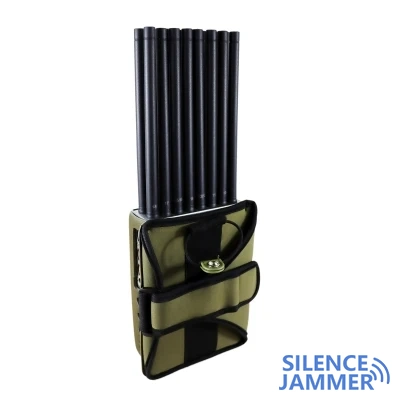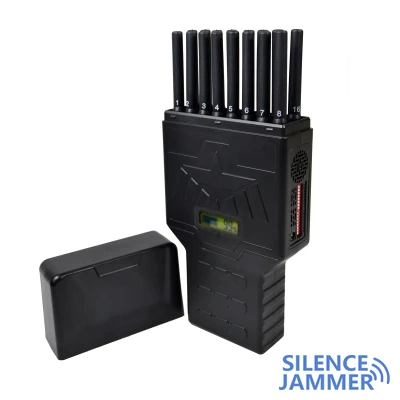The impact of Russian signal interference on the Ukrainian battlefield
In recent years, the continuous advancement of electronic warfare technology has caused significant changes in the pattern of modern warfare. https://www.silencejammer.com/mobile-jammer-cell-phone-blocker Especially in the Ukrainian conflict, Russia used advanced signal jamming technology to successfully weaken the effectiveness of the M142 High Mobility Rocket Artillery System (HIMARS) provided by the United States. https://www.silencejammer.com/gps-jammer-blocker-car-signal This incident revealed the key role of electronic warfare in military conflicts and also caused Western countries to face unprecedented technological challenges. https://www.silencejammer.com/wifi-jammer-bluetooth-blocker-device
HIMARS System Overview
HIMARS is a highly flexible vehicle-mounted rocket launch system that mainly relies on GPS guidance technology to accurately strike targets. https://www.silencejammer.com/drone-jammer-anti-uav-blocker Since its deployment in 2010, HIMARS has performed well in various battlefields and has become the backbone of firepower for the United States and its allies. https://www.silencejammer.com/ However, the complex environment of the Ukrainian battlefield highlights the system's weaknesses in the face of electronic warfare interference. Russia's signal jamming technology not only blocked the communication between HIMARS and satellites, but also significantly reduced the accuracy of the system. The error range even reached 50 feet, forcing the Ukrainian army to reduce the use of HIMARS. https://www.silencejammer.com/gsm-jammer-portable-jamming
How electronic warfare technology could weaken HIMARS
The Russian jamming system uses efficient electromagnetic signal interference to force the HIMARS missile to lose contact with the GPS satellite, causing the missile to deviate from the target. According to Ukrainian reports, the accuracy of the HIMARS system has dropped to less than 10%, making it almost impossible to achieve the expected strike effect. In addition, other weapons that rely on GPS navigation, such as Excalibur GPS-guided artillery shells, also suffered similar interference, further highlighting the power of Russian electronic warfare technology.
The principle of signal jamming technology
Signal jammers can affect enemy communications, navigation and radar systems by releasing electromagnetic waves that cover the operating frequency of the target device and block or interfere with its external communications. Russia used jammers on the Ukrainian battlefield to effectively block the connection between the HIMARS missile and the satellite, causing it to deviate from the preset trajectory. Not only does this technology reduce weapon accuracy, it also has a negative impact on the morale of Ukrainian troops on the battlefield.







